- News
- Reviews
- Bikes
- Accessories
- Accessories - misc
- Computer mounts
- Bags
- Bar ends
- Bike bags & cases
- Bottle cages
- Bottles
- Cameras
- Car racks
- Child seats
- Computers
- Glasses
- GPS units
- Helmets
- Lights - front
- Lights - rear
- Lights - sets
- Locks
- Mirrors
- Mudguards
- Racks
- Pumps & CO2 inflators
- Puncture kits
- Reflectives
- Smart watches
- Stands and racks
- Trailers
- Clothing
- Components
- Bar tape & grips
- Bottom brackets
- Brake & gear cables
- Brake & STI levers
- Brake pads & spares
- Brakes
- Cassettes & freewheels
- Chains
- Chainsets & chainrings
- Derailleurs - front
- Derailleurs - rear
- Forks
- Gear levers & shifters
- Groupsets
- Handlebars & extensions
- Headsets
- Hubs
- Inner tubes
- Pedals
- Quick releases & skewers
- Saddles
- Seatposts
- Stems
- Wheels
- Tyres
- Health, fitness and nutrition
- Tools and workshop
- Miscellaneous
- Cross country mountain bikes
- Tubeless valves
- Buyers Guides
- Features
- Forum
- Recommends
- Podcast
TECH NEWS
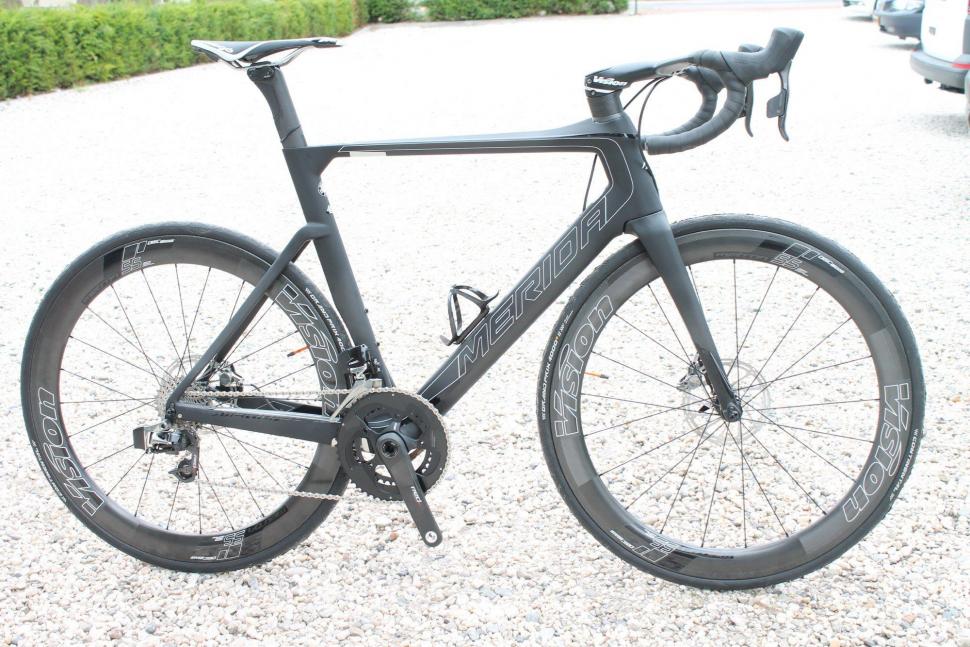 Merida Reacto Disc 2017 - 2.jpg
Merida Reacto Disc 2017 - 2.jpgUpdated: Merida launches all-new Reacto aero road bike
Merida has officially revealed the new version of its Reacto aero road bike, now available in both disc brake and rim brake models, each in two different geometries.
We've previously shown you sneak peeks of the new rim brake version of the bike that's raced at the top level by the Bahrain-Merida team.
Take a look at the road bikes that'll be raced in this year's Tour de France.
The Reacto, first introduced by Merida in 2011 and developed into a pure aero road bike in 2013, has had a major redesign for for 2018.
“It was time to go back to the drawing board to create the Reacto III – the lightest, fastest and most aerodynamic road bike in Merida’s history,” says Merida.
We quite often joke that every manufacturer says that its new road bike is lighter, stiffer, more aero and more comfortable than the previous version. Merida ticks a lot of those boxes here in claiming a lighter weight, improved aerodynamics and extra comfort, but it doesn’t claim extra stiffness… although the stiffness of the previous version has apparently been maintained.
Merida says that it has also focused on simplicity in order to keep workshop bills to a minimum.
Plus, disc brake options have been added to the Reacto roster for the first time with Merida claiming the difference in aero efficiency between the rim brake and disc models being less than one watt at 45km/h.
Aerodynamics
Merida – a Taiwanese brand although much of its engineering is handled in Germany – says that the new Reacto is more aerodynamically efficient than the previous version by about eight watts at 45km/h. That equates to around 5%.
“This was achieved by slimming down the tube shapes, introducing a lower seatstay connection and adding a one piece cockpit with integrational features,” says Merida.
The seatstays have been modified to have a larger bend towards the cassette for an improved aerodynamic performance.
The head tube and top tube section have been designed to work with the FSA Metron 5D Cockpit. The idea is that this reduces drag without sacrificing the serviceability of the handlebar/stem and cable routing.
“If you do a solo ride with the new Reacto over 100km (62.5 miles), you save as much energy as riding the same distance with a traditional round-tubed road bike but drafting 30km of the whole distance.”
That’s an interesting way of expressing it.
Comfort
Merida says that it has improved comfort by redesigning the seatstays and giving its S-Flex seatpost a slimmer cross section and a bigger ‘window’ – the notch that’s cutaway to add more downward movement (the material in the notch doesn't affect the level of compliance, by the way, it just fills the void; it's the fact that the notch exists that's the important thing).
The improvement here is around 10%, according to Merida. You’ve got to love a comfort stat!
Weight
Merida says that the weight of the Reacto (rim brake) frame, fork, seatpost, seatpost clamp and headset has come down from 2,046g to 1,695.5g. That’s over 350g.
Fans of percentages will be pleased to know that that’s a reduction of 17.13% – huge, especially considering that that previous Reacto was a World Tour level bike.
The frame is now a claimed 1,010g (CF4 version – explanation below – rim brakes) while the fork is 368g.
How has Merida managed to save the weight? It’s simply down to slimming the tube diameters and using different carbon-fibre layups.
Stiffness
As mentioned, Merida says that the Reacto’s level of stiffness is unaltered despite the lower weight (so the stiffness to weight ratio increases. Obviously!).
Geometry
As well as being available in both rim brake and disc brake models, the new Reacto (like the existing Scultura) will come in both CF2 and CF4 versions (the CF stands for carbon-fibre).
The CF4 versions are lighter and come in a more aggressive geometry. They also have integrated cockpits. The CF2 models still have a race geometry, just not as full-on as that of the CF4.
To take a large sized frame as an example: the head tube of the CF2 is 197mm compared with 172mm for the CF4. The top tube and seat tube lengths are exactly the same. The stack is 22mm higher and the reach is 6mm shorter on the CF2 so there’s a definite difference but it’s not huge – it’s not like the CF2 model has some sort of sportive/endurance geometry.
Headset spacers
The CF4 version of the Reacto comes with special spacers that integrate with FSA’s Metron 5D handlebar.
The CF2 Reacto has aero shaped spacers that work with regular stems (you can have a standard handlebar/stem set-up on the CF4 if you like).
Both versions take a 1 1/8in upper bearing. The CF2 takes a 1 1/2in lower bearing while the CF4 has a 1 1/4in lower bearing – its head tube is narrower for improved aerodynamics.
Brakes
The rim brake versions of the Reacto take direct mount (rather than dual pivot) brakes while the disc brake models use the flat mount standard, just like pretty much every other disc brake road bike these days (160mm rotors front and rear).
The disc brake models come with cooler technology, a lot like Merida uses on its Sculturas. Essentially, there’s a forged aluminium component between the brake and the frame/fork that’s designed to allow heat to dissipate through CNC-milled cooling fins and reduce the amount of heat that gets transferred to the carbon-fibre on long descents.
The CF4 version of the disc brake frame uses the RAT (Rapid Axle Technology) first introduced by Focus for quick wheel changes in race situations, while the CF2 version has threaded 12mm thru axles.
Other stuff
The new Merida Reactos will be available in many different builds starting at Shimano 105 groupset level and going up to Shimano Dura-Ace Di2 and Sram Red eTap. We are yet to get information on prices and availability but we’re working on both.
I'll be riding the new Merida Reacto tomorrow and will be back with first impressions as soon as I can.
Mat has been in cycling media since 1996, on titles including BikeRadar, Total Bike, Total Mountain Bike, What Mountain Bike and Mountain Biking UK, and he has been editor of 220 Triathlon and Cycling Plus. Mat has been road.cc technical editor for over a decade, testing bikes, fettling the latest kit, and trying out the most up-to-the-minute clothing. He has won his category in Ironman UK 70.3 and finished on the podium in both marathons he has run. Mat is a Cambridge graduate who did a post-grad in magazine journalism, and he is a winner of the Cycling Media Award for Specialist Online Writer. Now over 50, he's riding road and gravel bikes most days for fun and fitness rather than training for competitions.
Latest Comments
- No Reply 52 min 10 sec ago
A bit of a waste of time when most people cannot or will not pay to watch cycling on TNT. How are these young cyclists going to be inspired?
- muhasib 1 hour 50 min ago
So it's cheaper to pay monthly at £4.99 rather than once at £59.99?
- grumpyoldcyclist 2 hours 3 min ago
- because in fact cyclists have been prosecuted and convicted as above, so really he's talking nonsense (or at least needs to present some...
- Bigtwin 2 hours 5 min ago
I for one like your contribution. I mean, it's good to know that Tory ex-Home Secretaries are busy spewing bile into their keyboards at home, not...
- Bigtwin 2 hours 32 min ago
A smidge of £8.5K. Seriously. Someone needs to have a strong coffee.
- Bigtwin 2 hours 36 min ago
Business model innit? When they brought in hire bikes in our town, they approached the bike shop I was then running to so the maintence. It was...
- IanEdward 2 hours 43 min ago
Nice, tyre clearance AND 2x AND non-boring paint jobs, a good alternative to Giant Revolt/ Canyon Grizl....
- Hirsute 2 hours 50 min ago
For the first time, the Norwegian government has calculated the value to society of the health benefits of increased walking and cycling. ...
- graybags 2 hours 56 min ago
I managed to do 12 200k's over 12 months , but unfortunately didn't read the rulles, two were in the same month and I missed a month..................
- nodgedave 3 hours 1 min ago
Toddle off cynic. A great man posting about extremely awful things and you chose to say that? The UCI needs clinical experts like you ... toddle...



































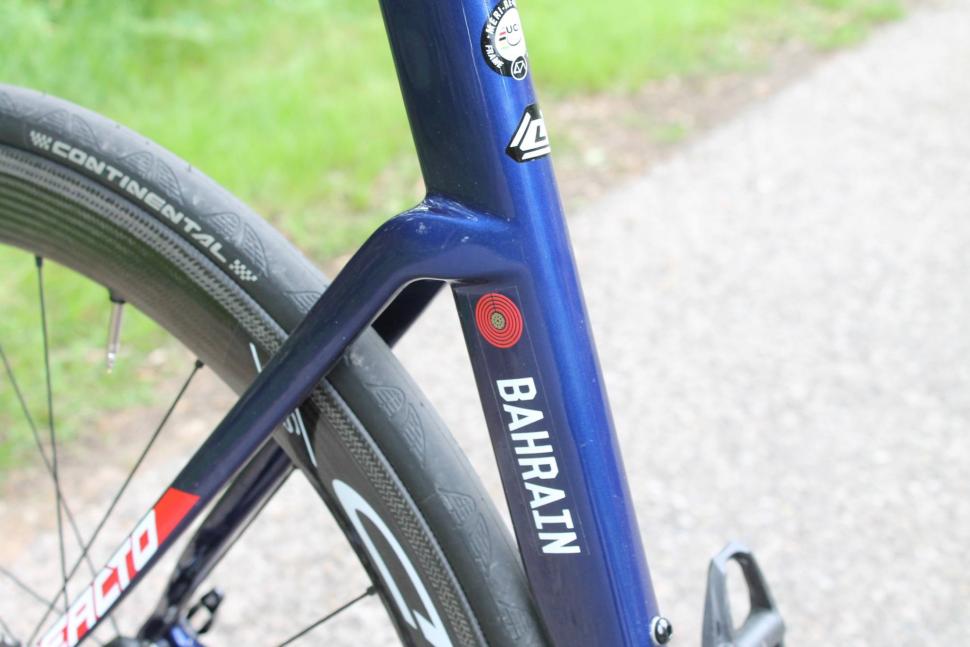

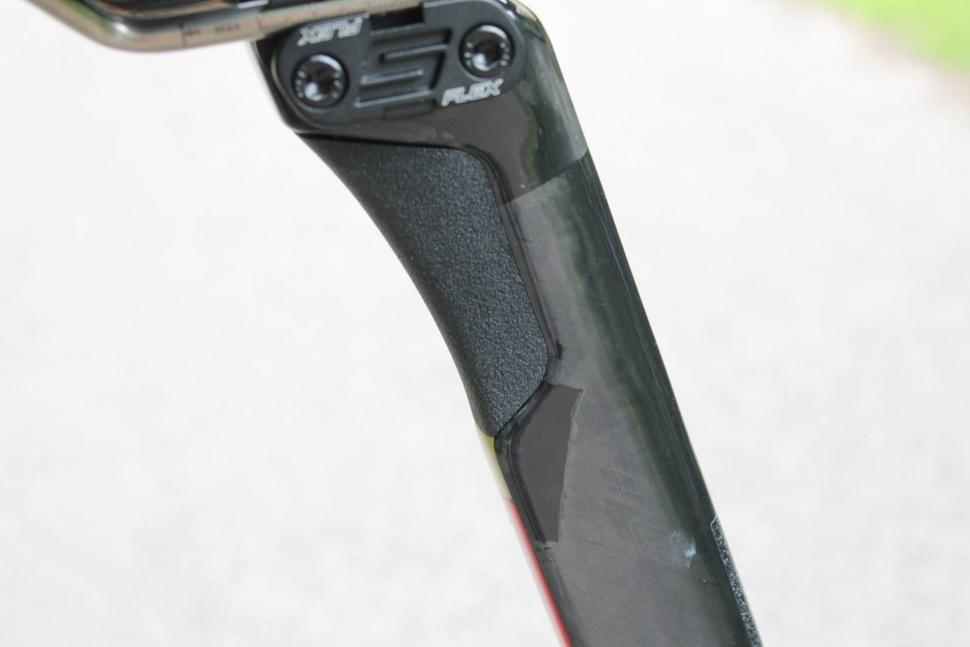
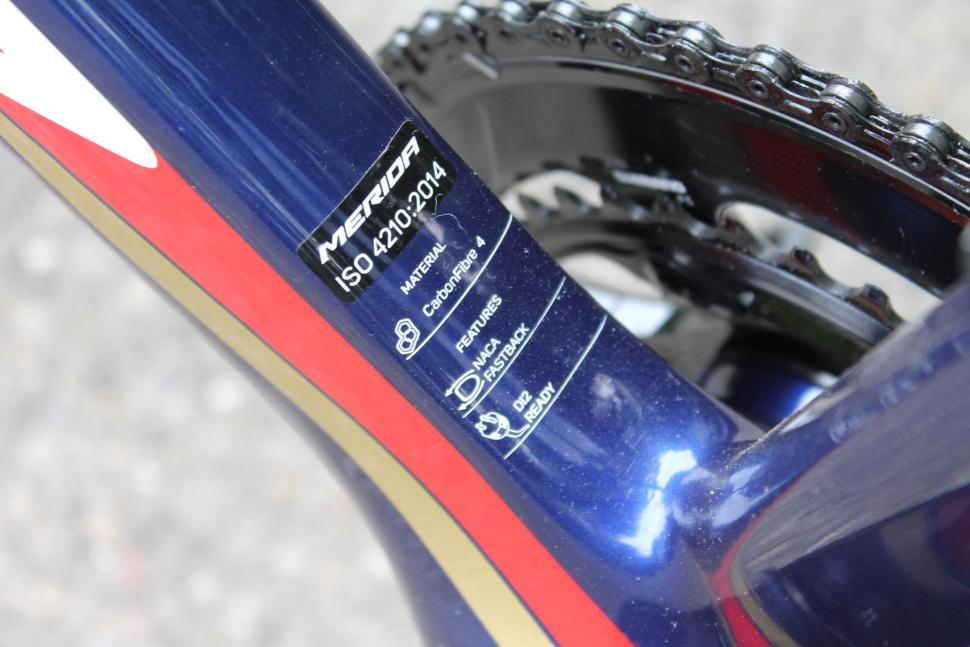
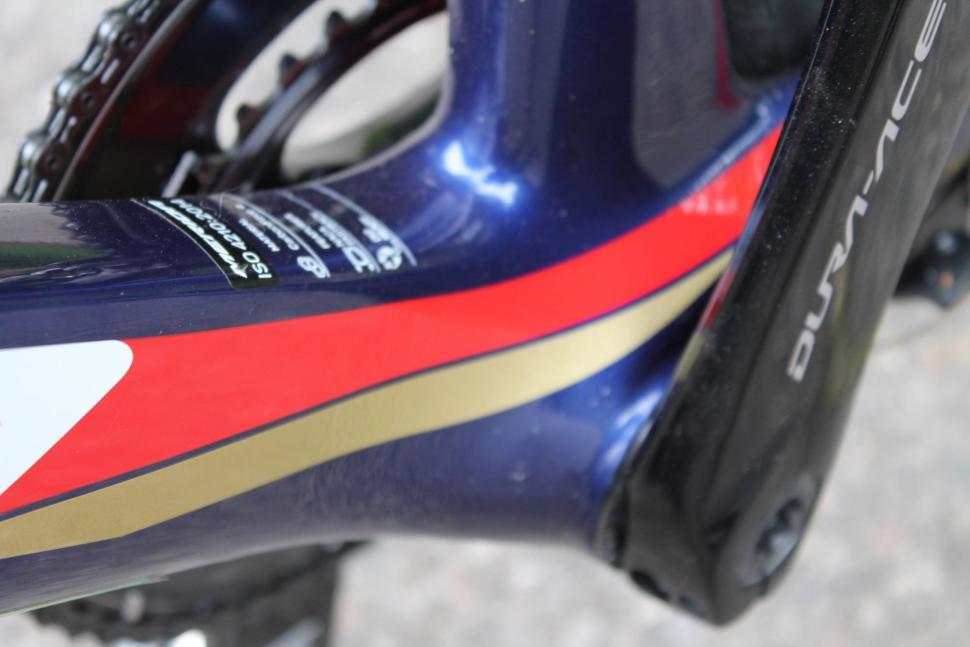
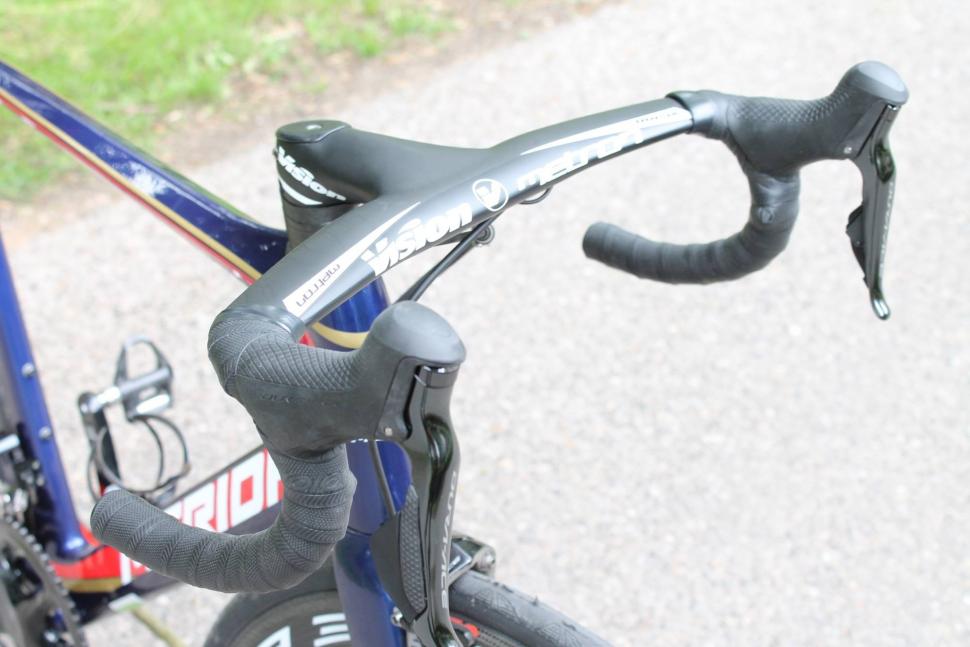
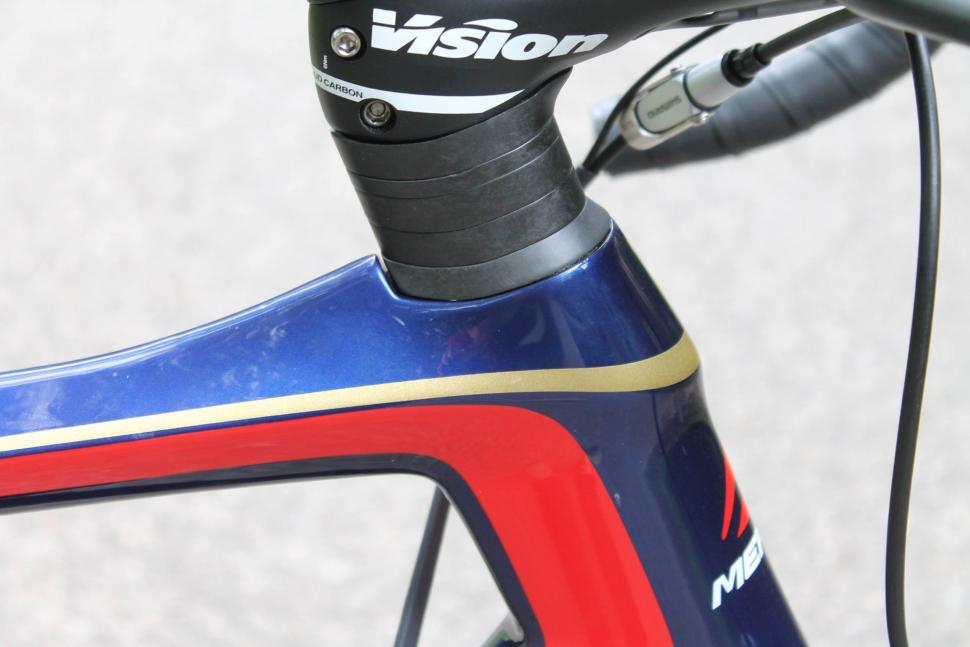
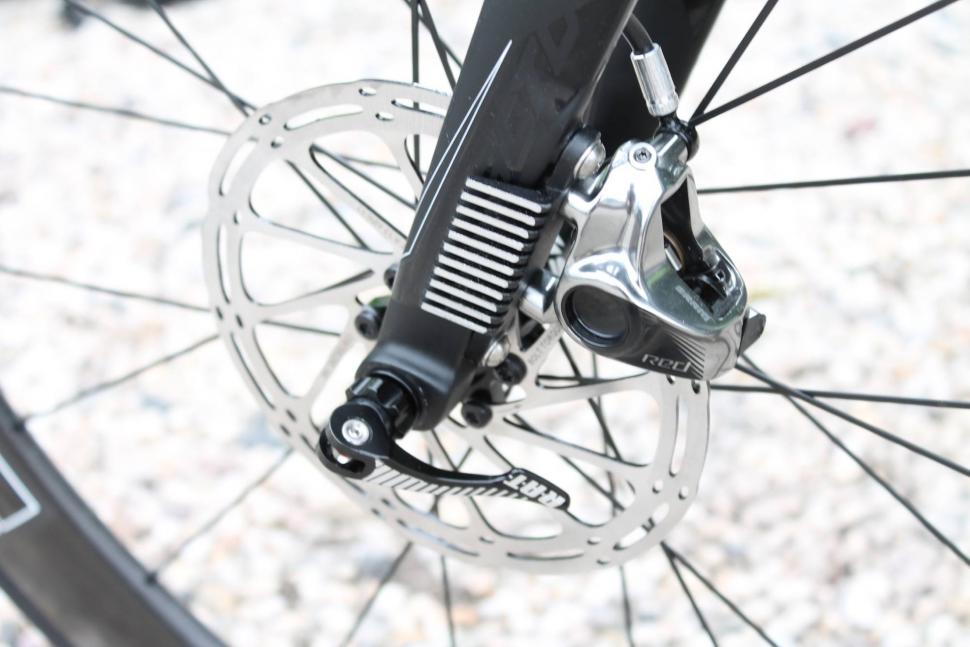
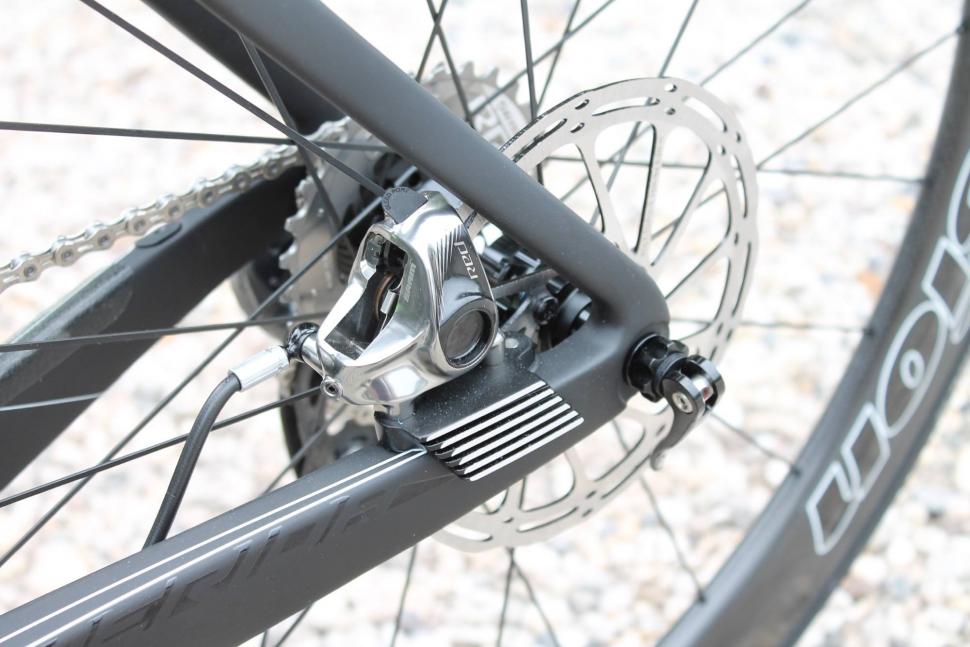
Add new comment
14 comments
The weight of the frame doesn't seem much to brag about, the new frame being 1016gm when a Cannondale Evo is about 700 gm. I rode an aluminium cannondale frame from 1988 for 20 years, and that was 1050gm for the frame alone. The current evo is 1303gm for Frame, forks etc and crankset. The merida without the crankset is 300gm heavier. Catch up Merida!!
Such a beautiful bike
“If you do a solo ride with the new Reacto over 100km (62.5 miles), you save as much energy as riding the same distance with a traditional round-tubed road bike but drafting 30km of the whole distance.”
Surely that can't be true? That would be an enormous difference. It's usually 2 metres saved over 500 miles etc etc.
what speed is that 100km done at, drafting a Pashley at 8kmh would be plausible
I think that was drafting a transit van for 30km
Technically the speed is irrelevant as the frame aerodynamics compared to the whole is a relatively fixed figure. At a slower speed your actual power saving is less but you're out there for longer, so your total power saving (relatively speaking) is the same.
This is why aero savings are often quoted as xxx seconds over a 40 k TT, as the power savings are higher at a higher speed, but there for less time as the ride is over quicker; they are lower at a slower speed but the ride lasts longer, so the total time savings tends to be very similar.
Second in a pace line is saving about 23 - 28% of energy compared to front rider, so for 30% of the ride you're saving 25% energy which means a total over the ride of 7.5% energy saved. It would depend on the "traditional round tubed frame" thy're comparing to. I imagine the drag saving they are talking about is only for the bike, not the rider and bike. Various engineering experiments have picked a value of about 15% of aerodynamic drag being due to the bike, so I expect that the actual figure we are talking about is the energy saving of 7.5% x 15% which is a total evergy saving over the entire trip of 1.125%, which seems entirely plausible. So at 30 kph being approx 200W, you are saving 2.5W with this frame over a traditional round tube frame. The alternative interpretation is that the savings is over the rider and bike as a whole which would mean that this bike has a drag of 50% of a traditional frame.... which seems a little unlikely but, I guess, still possible (15W @ 30 kph).
Looking at it like that, I think 2.5W is not much to brag about. As aerodynamics is especially dependent on wind direction with 0 degrees yaw being most efficient, if these figures were talking about an indoor track situation, I think 15W would be possible, but stretching it really.
Edit/: Further reading (https://www.europhysicsnews.org/articles/epn/pdf/2013/01/epn2013-44-1p20...) suggests that the drag savings of second positon may be considerably lower that 25% (10-12%) so going through the computations again, Merida may be 'boasting' of energy savings of only 1-1.5W on the bike, or only 7W compared to rider and bike which actually seems plausible.
As noted more eloquently above, it's almost certainly bollocks.
OH NO! It has murder plates!
Does it make that Shoof-shoof-shoof noise that makes you sound fast?
Official tyre clearance (4mm all around) = 25mm.
/crosses Merida Reacto III off the list of new bikes am interested in.
Yup - silliness.
That aluminium component inbetween the brake and frame/fork aka a heat sink, been around in the electronics industry for decades!
Not sure if it's just the photos/paintjob but the seat tube and head tube look very angled backwards.